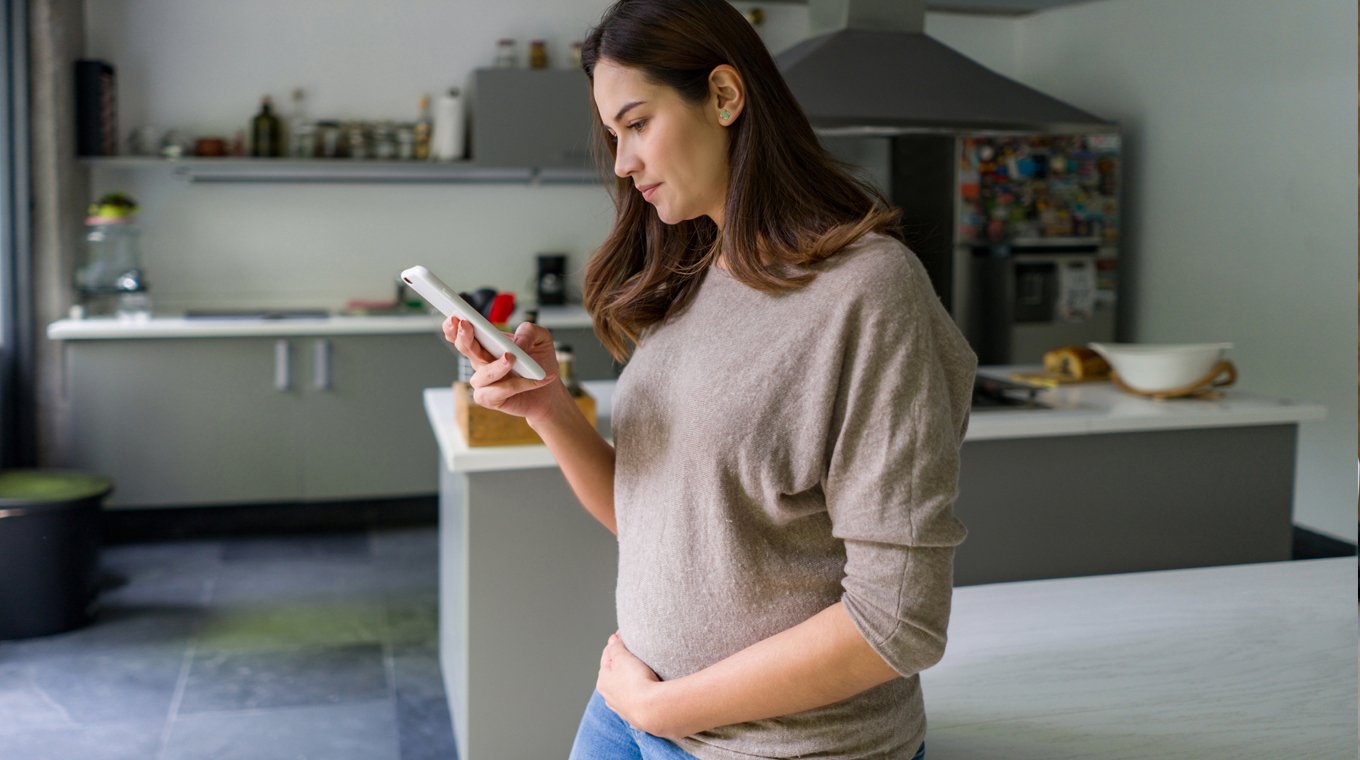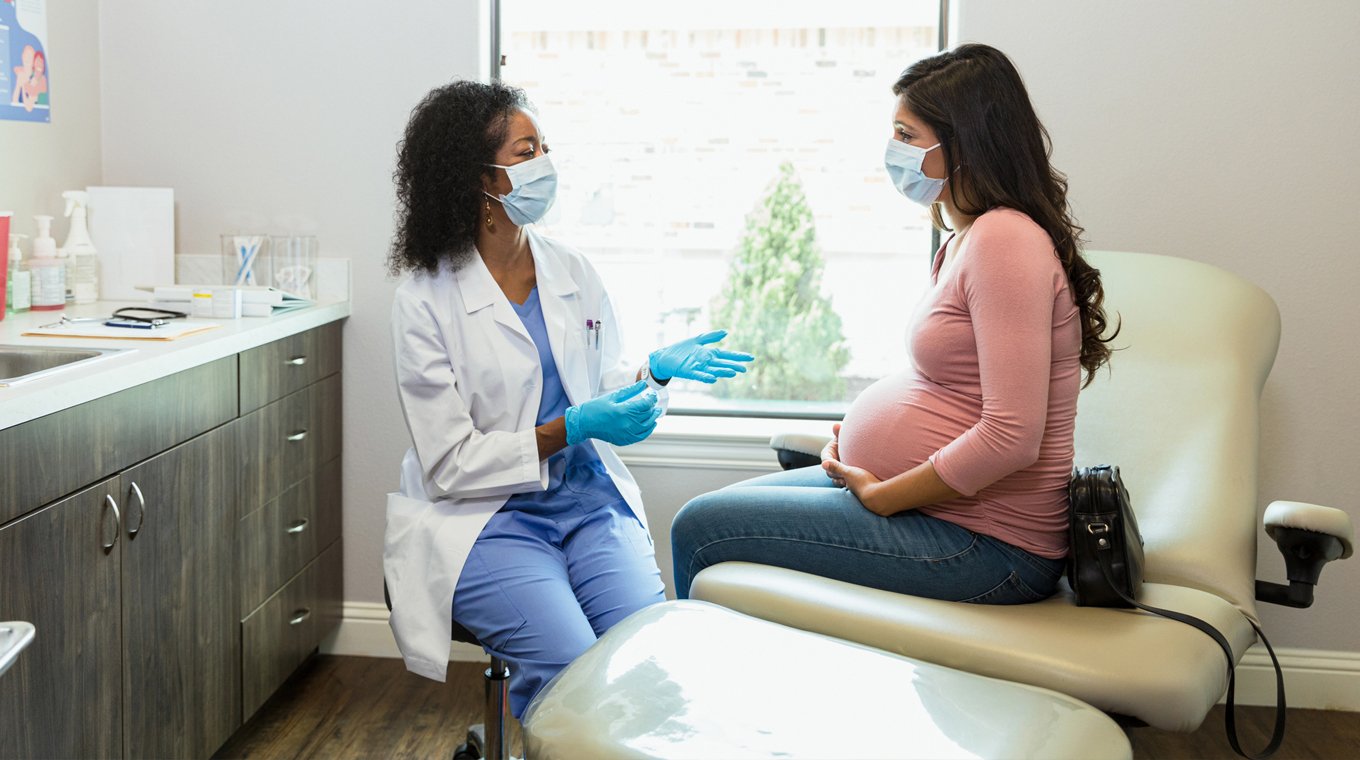
In this article
The thought likely goes through every pregnant woman's mind at some point or another: "What if I die while giving birth?" Intrusive thoughts are common during pregnancy, so that's to be somewhat expected. But how much do you really need to worry? What are the chances of dying while giving birth?
What are some causes of maternal mortality?

Pregnancy-related deaths occur for a variety of reasons but are mostly due to cardiovascular or coronary conditions, infection, or hemorrhage. Preeclampsia and eclampsia, embolism, and mental health problems are also leading causes of maternal death.
The majority of deaths during delivery occur in the birthing room or operating room and include emergency situations like an amniotic fluid embolism (AFE) — when amniotic fluid enters the bloodstream — or placental issues that can cause severe bleeding.
Years later, I can only speculate as to what caused my own complete placenta previa almost 25 years ago. The general consensus is that it was likely due to fibroids, but I'll never really know why my placenta was fully covering my cervix in my first pregnancy. Months of anxiety culminated in a cesarean section delivery, with a blood transfusion bag at the ready. My son and I were lucky, as studies indicate that this condition carries a great risk of massive hemorrhage.
Lauren Accurso died during childbirth as a result of complications from an amniotic fluid embolism. Her son died three weeks later due to a lack of oxygen during childbirth. Lauren's husband, Matthew Accurso, now devotes much of his time to raising awareness for AFE, which occurs in every 1 in 40,000 births.
"One of the things I am so passionate about now is I want to raise awareness for this," Accurso told Nebraska news station KOLN-KGIN. "And even if there is anything, even if it decreases the risk by one percent, figuring out how to help women to understand this."
What are your chances of having a difficult birth?

Maternal death rates in the United States have typically included deaths that occur throughout the length of a pregnancy, from the first trimester through delivery and beyond. There are limited statistics on deaths that occur during childbirth; they all tend to be lumped together.
In fact, in the 1990s maternal deaths weren't accurately reported; death certificates did not specify whether the patient was pregnant or not. Pregnancy-related deaths were not recorded on death certificates until 2003, and only in certain states. It took another 12 years for there to be a maternal death indication on death certificates in every state. Even with the changes, a study from the Centers for Disease Control and Prevention revealed that 15% of maternal deaths were incorrectly reported.
In 2020, 861 women were reported to have died from maternal causes. So how does the US compare with the rest of the world? According to the UN, 303,000 women die during childbirth each year.
If you're a BIPOC woman in the US, your chance of maternal mortality is 3.5 times higher than that of a white non-Hispanic woman. Your age and where you live also play a part, as do regional and socioeconomic factors and racial and ethnic disparities. If you have concerns, whether related to your background or your health, reach out to your doctor to come up with a plan to address those issues early on in your first trimester.
How are doctors trying to reduce the risk of childbirth mortality?

Over 80% of pregnancy-related deaths in the US are preventable, which means there's much work to be done to reduce the risk of childbirth mortality. First among these, according to Dr. Gary Hankins, the University of Texas OBGYN Chairman, is to eliminate the racial disparities that exist in the Black community,
“The narrative is that Black women don’t get prenatal care, which isn’t true and it blames the mother. Black women have a very different birthing experience than white women due to a lack of trust in the medical system and how they are treated," Hankins told scientific journal JAMA. "People don’t like to hear the ‘r-word, but it’s real if you’re Black. This is a hard one to solve, but it’s a journey we have to face."
A medical facility with plans in place to treat high blood pressure, sepsis, and hemorrhage, can greatly reduce the chance of dying during childbirth. Medical services have improved over the years, including specialized care for those experiencing high-risk pregnancies, readily available blood for transfusions, and accessible antibiotics to treat infections.
For those concerned about their chances of dying while giving birth, there's reason to remain optimistic. Prenatal visits are key in diagnosing problems early. The sooner your physician is aware of a potential issue, the greater the chances are of the issue being treated successfully.




